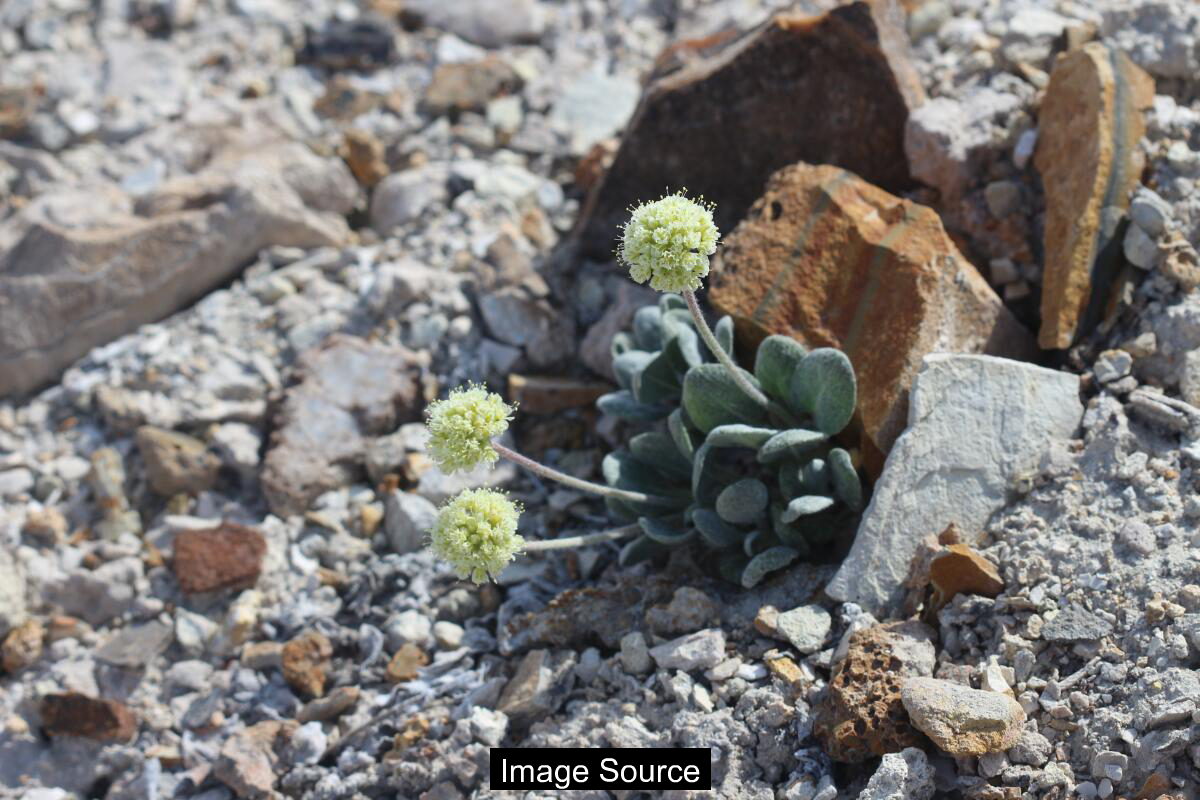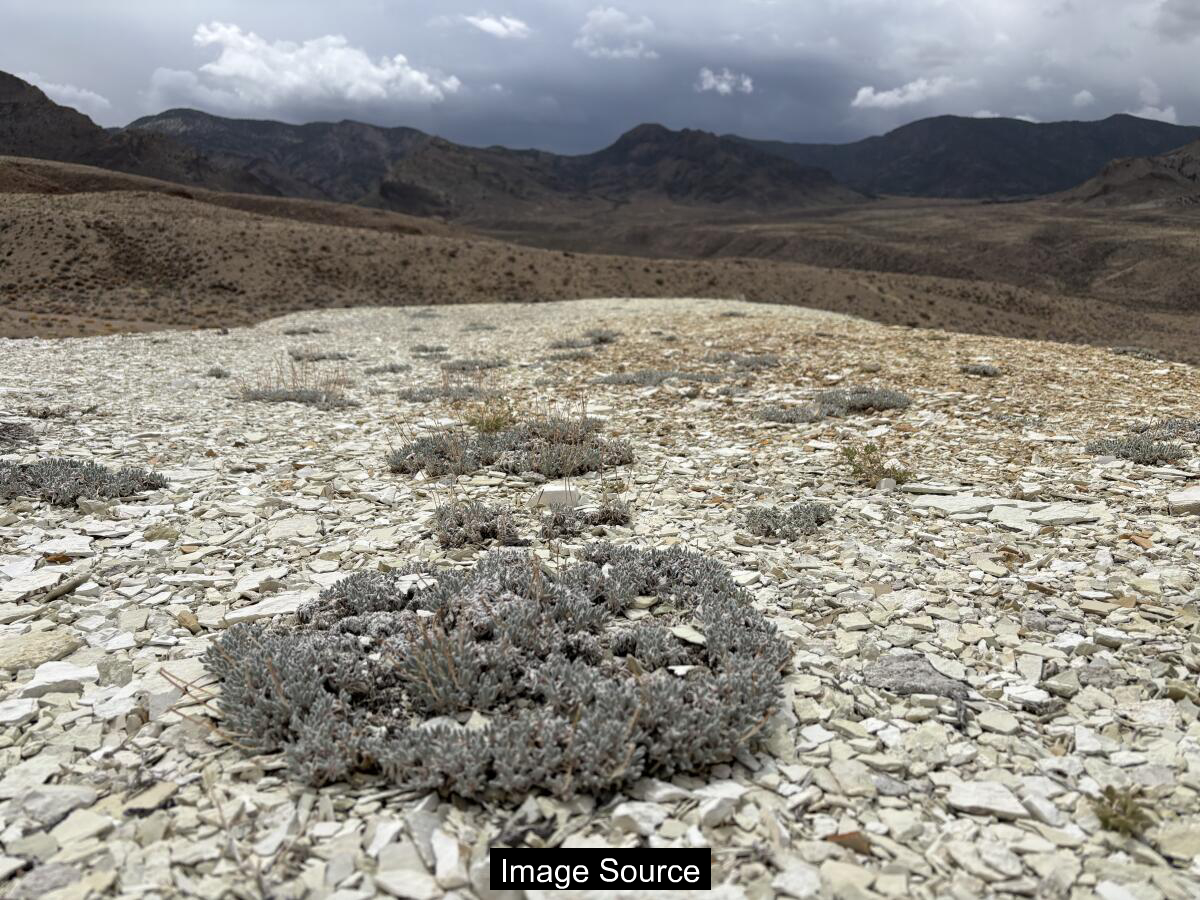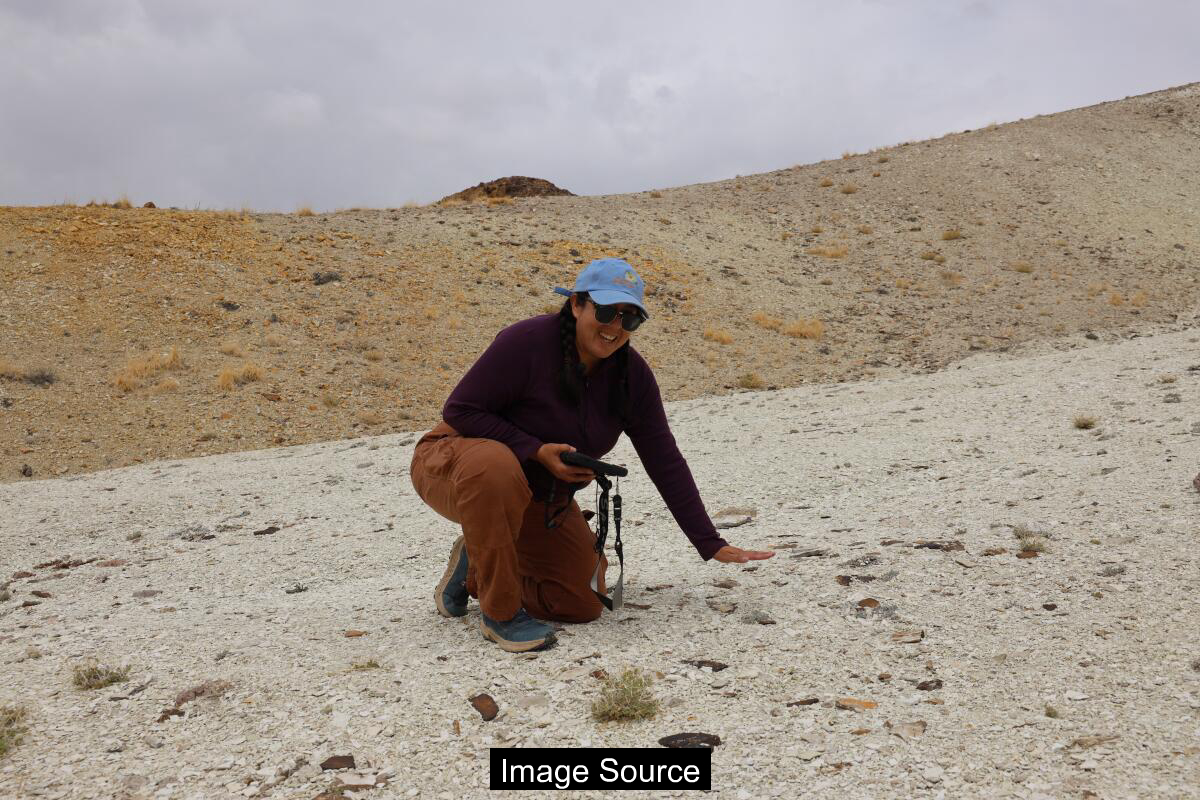A proposed lithium mining project in Nevada’s desert ecosystem has sparked intense debate over environmental preservation and renewable energy development. The planned extraction site overlaps critical habitat for the Tiehm’s buckwheat, an endangered plant species found nowhere else in the world, presenting a complex challenge for conservation efforts and green technology expansion.

The Desert’s Hidden Treasures
Nevada’s remote desert landscapes harbor extraordinary ecological complexity, far beyond their seemingly barren appearance. These arid regions contain intricate ecosystems where rare species like Tiehm’s buckwheat survive extreme environmental conditions. Botanists and researchers explore these landscapes, uncovering delicate biological networks that challenge conventional perceptions of desert environments.
Tiehm’s buckwheat represents a remarkable botanical marvel, occupying just three square miles in Esmeralda County. This unique plant demonstrates extraordinary resilience, enduring temperature ranges from freezing winters to scorching 120-degree summers. Its survival strategy involves lying dormant during harsh conditions, emerging delicately during optimal growing seasons.
The flower’s significance extends beyond its physical characteristics, embodying the complex relationships between geological resources and biological preservation. Its potential extinction represents more than a simple botanical loss, but a potential disruption of an entire localized ecosystem supporting diverse pollinators and wildlife.

Lithium’s Complex Narrative
Lithium extraction emerges as a critical component in transitioning toward renewable energy infrastructure. Electric vehicle batteries, solar energy storage, and emerging green technologies depend heavily on this mineral’s availability. The global demand for lithium is projected to dramatically increase, potentially reaching hundreds of thousands of tons annually.
The Rhyolite Ridge project exemplifies the nuanced challenges surrounding sustainable resource extraction. Located in a sensitive desert environment, the proposed mine represents both technological progress and potential ecological disruption. Stakeholders including mining corporations, environmental scientists, and conservation groups offer divergent perspectives on the project’s potential impacts.
Geopolitical considerations further complicate lithium mining discussions. Current global production concentrates in Australia, China, and Chile, with significant environmental consequences. The United States seeks to develop domestic lithium resources, positioning projects like Rhyolite Ridge as strategic national initiatives.
The project has garnered bipartisan support, receiving approvals from both the Trump and Biden administrations. A substantial $996-million loan underscores the federal government’s commitment to developing domestic mineral resources for clean energy transitions.

Perspectives in Conflict
The Rhyolite Ridge controversy illuminates fundamental tensions between environmental conservation and technological progress. Botanist Naomi Fraga represents a perspective prioritizing ecosystem preservation, viewing the landscape as a unique and irreplaceable natural habitat. Her research highlights the intrinsic value of localized species like Tiehm’s buckwheat.
Conversely, Bernard Rowe from Ioneer presents a perspective emphasizing resource development and technological innovation. His background in geology and mining engineering frames the project as an opportunity to extract valuable minerals crucial for clean energy infrastructure. Rowe argues that careful planning can minimize ecological disruption.
The conflict encapsulates broader challenges in addressing climate change: how to balance urgent technological transitions with ecological preservation. Each perspective carries legitimate concerns about long-term environmental and technological sustainability.

Understanding the Ecological Stakes
The potential impact on Tiehm’s buckwheat represents a microcosm of larger environmental trade-offs. U.S. Fish and Wildlife Service assessments suggest the mine would not critically endanger the species, though conservation groups dispute this conclusion. Legal challenges remain ongoing, reflecting the complexity of such environmental negotiations.
Conservation organizations like the Center for Biological Diversity argue that mineral exploration poses significant threats to endangered species. They contend that environmental reviews have been rushed and inadequate, potentially overlooking critical ecological considerations.
The dispute highlights the need for nuanced, scientifically rigorous approaches to resource extraction. Comprehensive ecological assessments must balance technological progress with biodiversity preservation.

Frequently Asked Questions
Q1. Why is lithium mining important for clean energy?
A1. Lithium is crucial for electric vehicle batteries and renewable energy storage, enabling the transition away from fossil fuel technologies.
Q2. How unique is Tiehm’s buckwheat?
A2. The flower grows exclusively across three square miles in Esmeralda County, making it an extremely localized and potentially vulnerable species.
Strategic Summary
The Rhyolite Ridge project epitomizes the complex negotiations required in addressing climate change. Technological progress demands difficult trade-offs between resource extraction and ecological preservation. Stakeholders must develop increasingly sophisticated approaches to balance these competing priorities.
Successful navigation of such challenges requires interdisciplinary collaboration, combining geological expertise, ecological understanding, and technological innovation. Projects like Rhyolite Ridge will serve as critical case studies in developing sustainable resource extraction strategies.
Ultimately, addressing climate change demands nuanced, context-specific solutions that recognize the intricate relationships between technological development and environmental conservation.
※ This article summarizes publicly available reporting and is provided for general information only. It is not legal, medical, or investment advice. Please consult a qualified professional for decisions.
Source: latimes.com